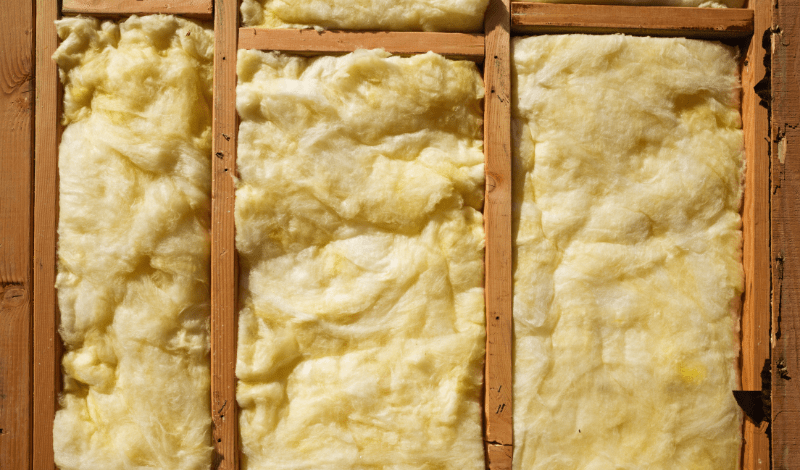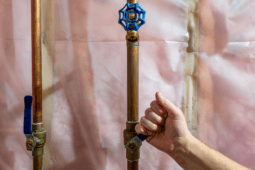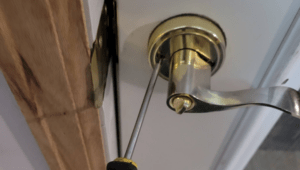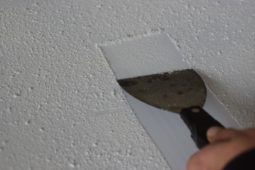How to Find Studs Without a Stud Finder: Expert Tips
Welcome to our comprehensive guide on how to find studs without a stud finder. Whether you’re hanging a heavy picture frame, installing shelves, or undertaking a home improvement project, locating wall studs is essential for ensuring stability and safety. While stud finders are a popular tool for this purpose, we understand that not everyone has one at their disposal. Fear not! We’ve got you covered with a range of creative and effective methods to locate studs using everyday items found in your home.
Understanding the Importance of Wall Studs
Before delving into the methods of finding studs without a stud finder, it’s crucial to understand the significance of wall studs. Studs are the vertical framing members within the walls of your home, typically made of wood or metal. They provide the structural support needed to bear the weight of heavy objects and ensure that your wall-mounted fixtures are securely anchored. By locating studs, you can avoid damaging your walls and ensure that your installations are safe and secure.
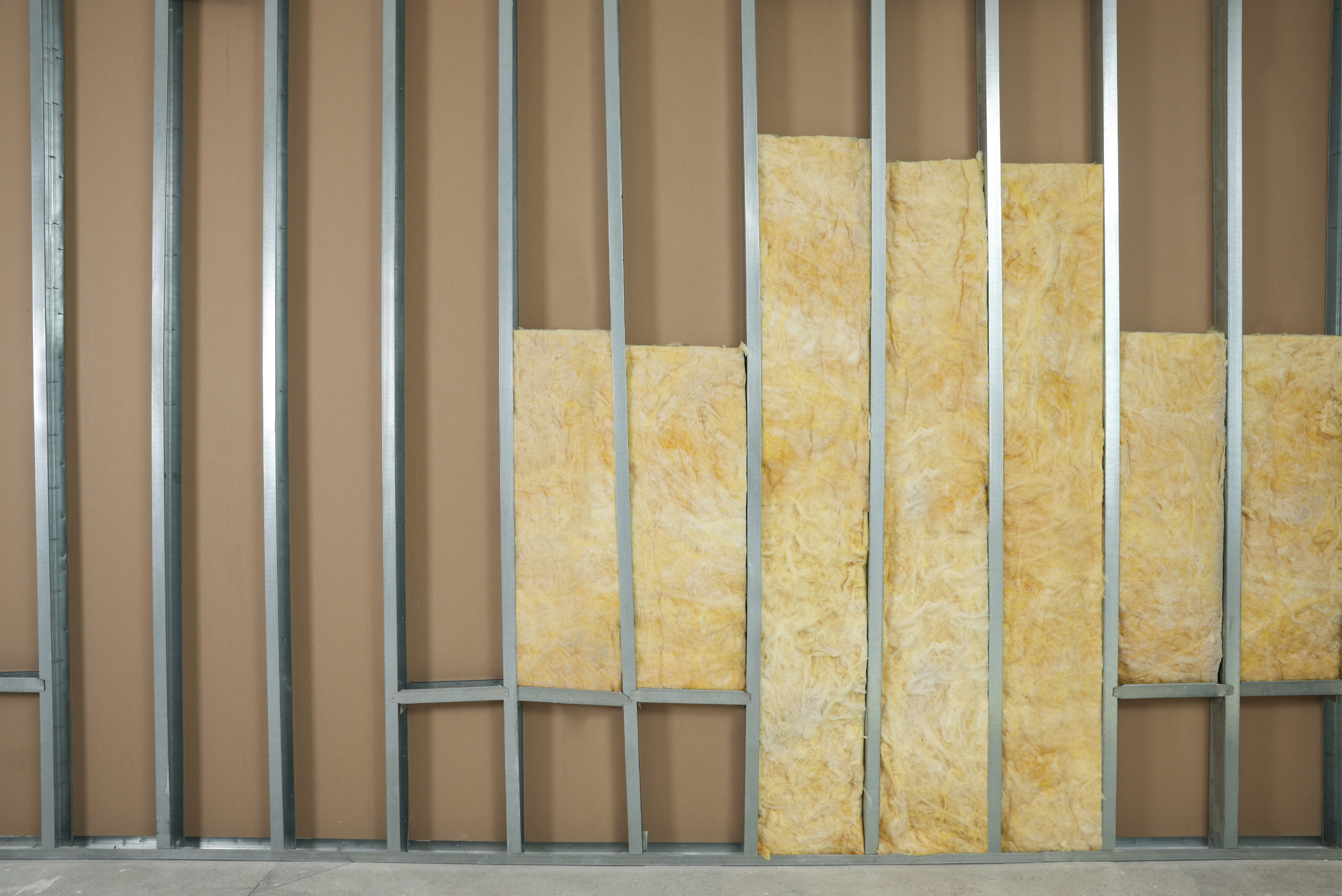
Methods for Locating Wall Studs Without a Stud Finder
There are various methods to employ when looking to hang something on the wall without having to use a stud finder to locate a suitable stud. Here are a few of our favorite methods that might help you with your DIY projects.
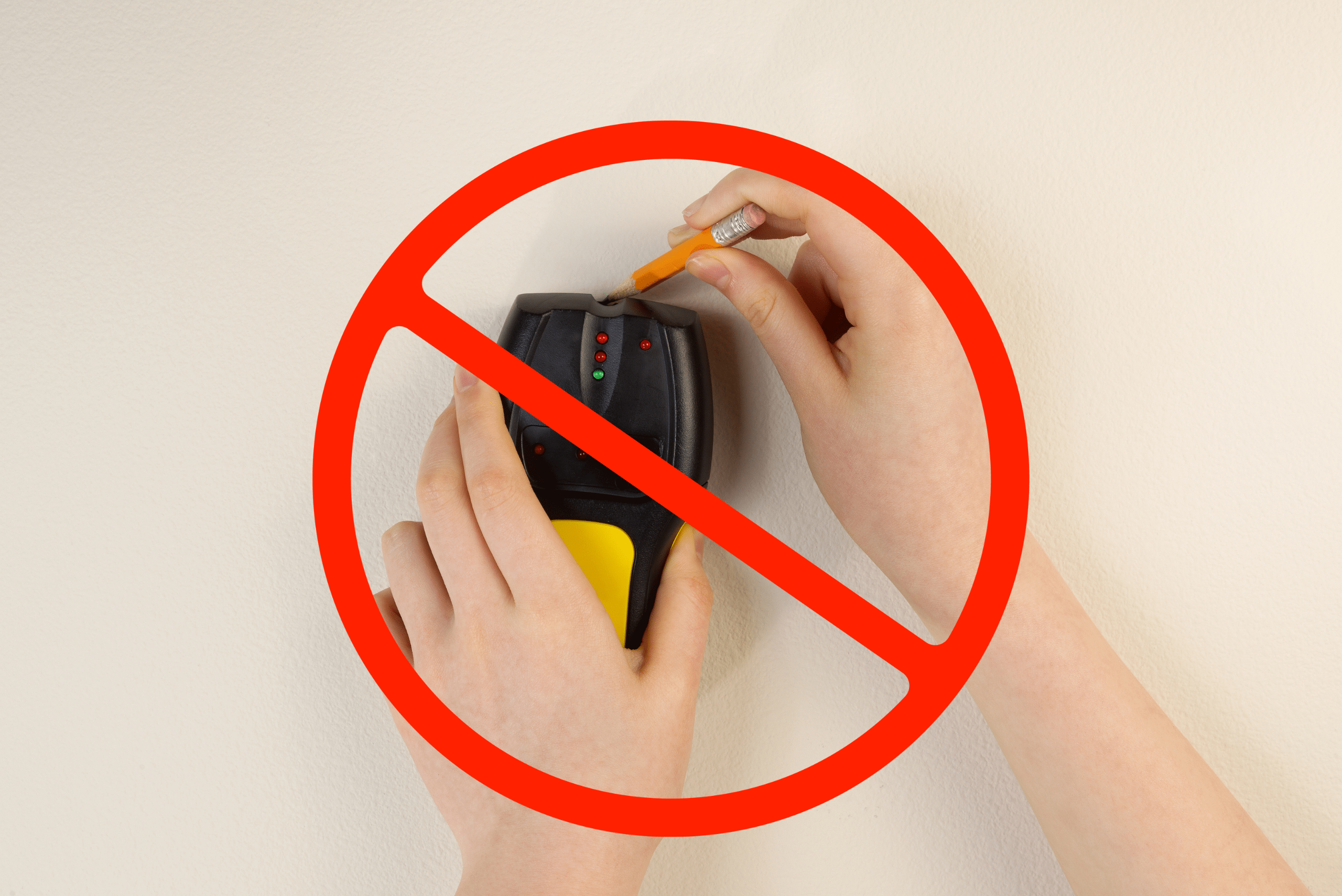
Utilizing Visual Clues
One of the simplest methods for locating studs without a stud finder is to look for visual clues on your walls. Start by examining the trim, baseboards, or crown molding in your home. These elements are often attached to the studs and can provide a reliable indication of their location. By spotting the nail heads or screws used to secure the trim, you can roughly determine the positions of the underlying studs.

Employing the Knocking Technique
The knocking technique is a classic and effective way to locate studs without a stud finder. To use this method, simply tap the wall with your knuckles or a small hammer and listen to the sound it produces. When you hear a solid, dull thud, you’ve likely found a stud. In contrast, a hollow or resonant sound indicates the absence of a stud. By tapping along the wall and noting the areas with a solid sound, you can map out the position of the studs.
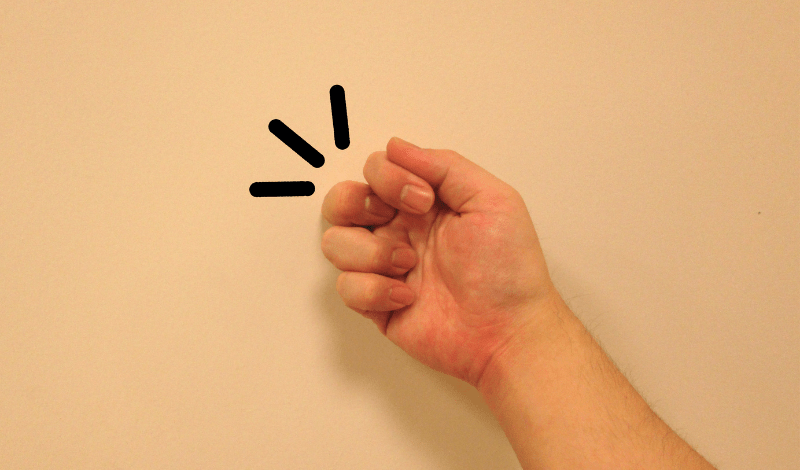
Finding Studs Using Magnets
Another ingenious method for finding studs without a stud finder involves using a magnet. By moving a strong magnet along the wall, you can detect the metal fasteners (such as nails or screws) that secure the drywall to the studs. When the magnet is attracted to a specific spot, it indicates the presence of a metal fastener, thereby identifying the location of a stud.

Employing the Outlet Method
In many homes, electrical outlets are installed directly next to a wall stud. By removing the cover plate from an outlet, you can often catch a glimpse of the edge of the stud. This visual clue can help you determine the approximate position of the adjacent stud. However, exercise caution and turn off the power to the outlet before attempting this method to ensure safety.
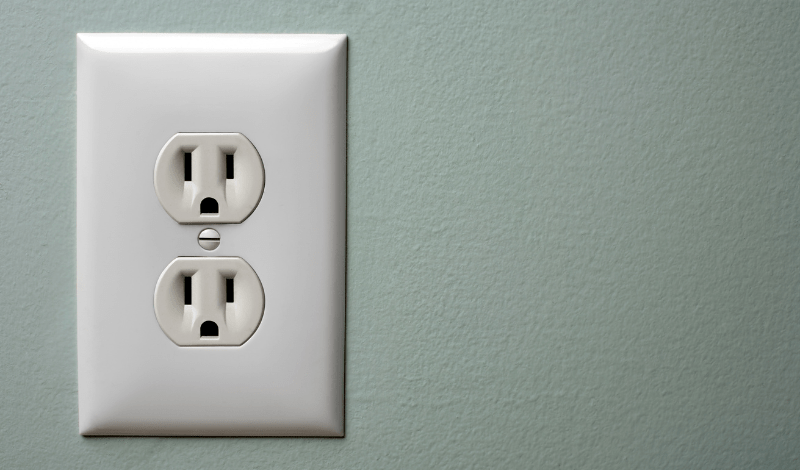
Using a Thin Wire or Coat Hanger
For a DIY approach, you can fashion a simple tool using a thin wire or a straightened coat hanger to find studs without a stud finder. Bend the wire into an L-shape and insert it into a small hole drilled in the wall. When the wire encounters a stud, you will feel resistance, indicating the presence of the vertical framing member.

Applying the Measuring Method
Another reliable technique for locating studs without a stud finder involves measuring from a corner or an existing fixture. Studs are typically spaced at regular intervals, such as 16 or 24 inches in the center. By measuring from a known reference point, you can estimate the position of the adjacent studs and mark their locations on the wall.
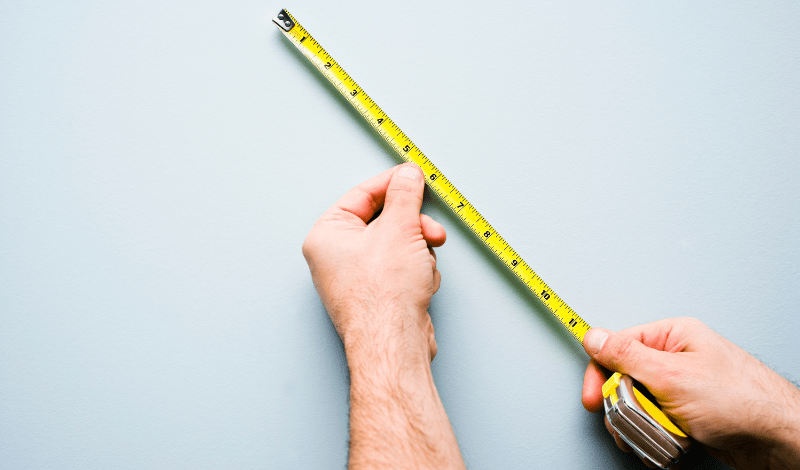
Using Infrared Technology
If you have a smartphone with an infrared (IR) camera, you can utilize this technology to find studs without a stud finder. IR cameras can detect temperature variations in the wall, and studs often exhibit a different thermal signature compared to the surrounding drywall. By scanning the wall with the IR camera, you may be able to identify the locations of the studs based on temperature differentials.
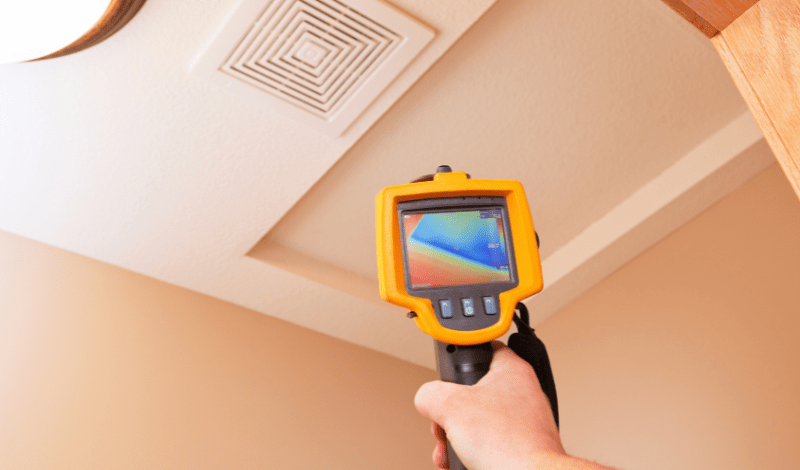
Employing Sound Waves
Some smartphone apps are designed to utilize sound waves to detect changes in wall density, thereby helping you locate studs without a traditional stud finder. These apps emit a sound wave and analyze the returning signal to identify variations in wall density, such as the presence of a stud. While not as accurate as dedicated stud finders, these apps can serve as a handy alternative.
While a stud finder is a convenient tool for locating studs, there are numerous alternative methods that can be utilized effectively. By understanding the importance of wall studs and employing creative techniques such as visual clues, knocking, magnets, and DIY tools, you can confidently locate studs without a stud finder. Whether you’re embarking on a home improvement project or simply hanging a new piece of art, these methods will empower you to tackle wall installations with confidence and precision.
